Houston is known for its warm and humid weather and luxurious greenery, making it an excellent vicinity to plant bushes. However, now not all bushes are created same, and some may be disastrous if planted within the incorrect area. Trees can cause significant harm to homes, strength traces, and other systems for the duration of storms, specifically if they’re no longer well planted or maintained. In this post, we will discuss the 12 worst bushes for planting in Houston. By keeping off these timber, you may shop your self from potential disasters and highly-priced repairs. From fast-developing timber to those with vulnerable branches, we will give you all of the facts you want to make knowledgeable decisions in terms of planting bushes in Houston. So, let’s get started out and avoid any potential tree failures!
When it involves landscaping and gardening, selecting the right bushes to your place is vital. In Houston, wherein the weather may be hot and humid, making informed alternatives about tree choice is even extra critical. Planting the wrong timber can result in disastrous consequences, consisting of tree illnesses, root problems, and even safety hazards. Therefore, it’s far crucial to recognize the importance of tree selection to make certain the long-term health and beauty of your landscape.
The proper trees can offer numerous benefits, including coloration, progressed air best, and aesthetic appeal. They can decorate the overall surroundings, create a welcoming ambiance, or even growth assets price. However, the incorrect tree alternatives can bring about a myriad of troubles, together with susceptible root structures, susceptibility to pests and illnesses, and immoderate preservation necessities.
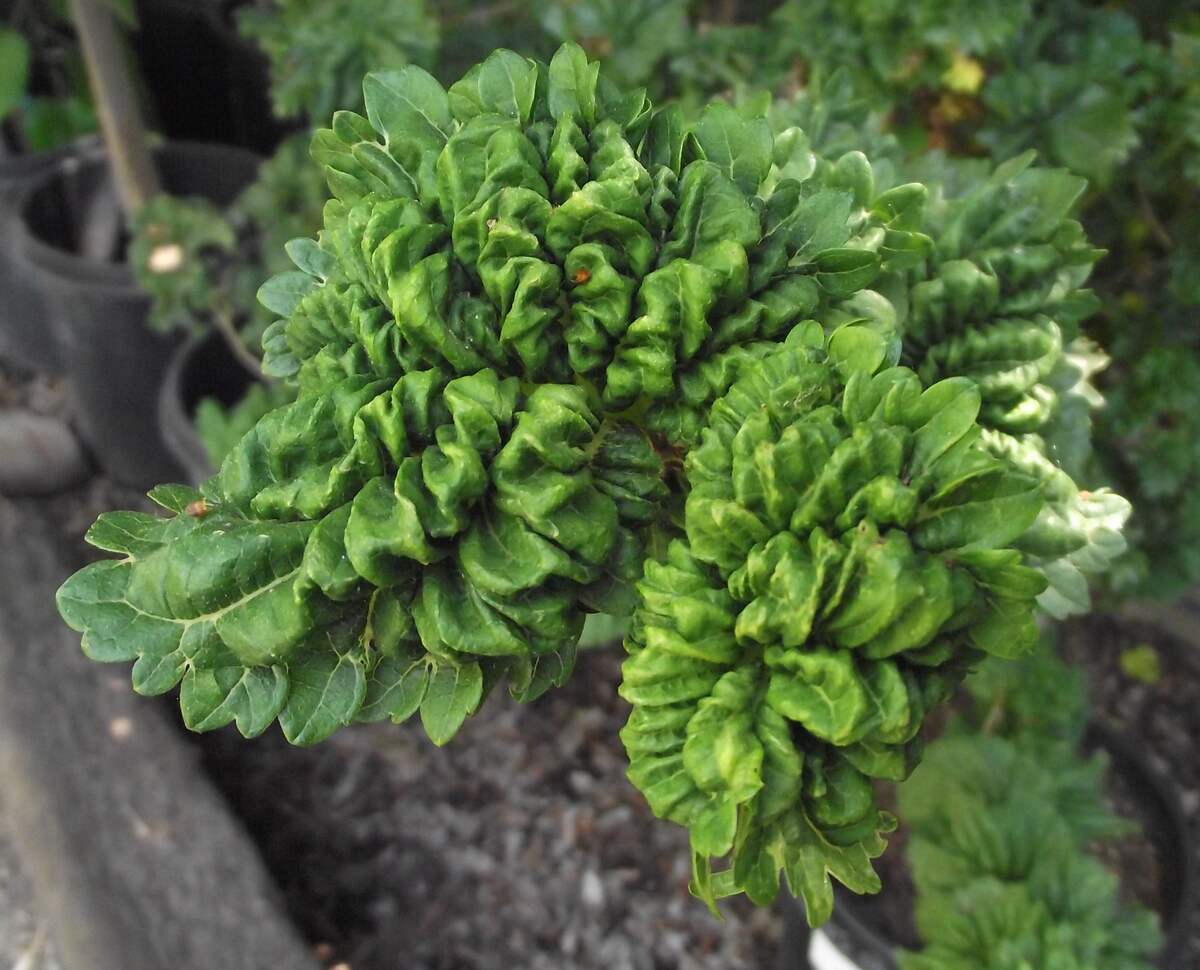

Everybody has an concept about what sort of timber they need in their yard — and for various causes. Some need extra shade or fairly decorative timber for his or her Houston yard. Others select fruit-producing ones. However what some individuals don’t know is that they could be doing extra hurt than good if they need considered one of these six worst timber to plant in Houston.
Tree care and extra on the click on of a button
With LawnStarter
Think about Your Local weather and Hardiness Zone
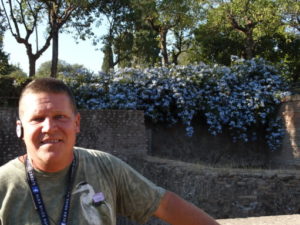

Your local weather and hardiness zone ought to information your tree choice choices, not sentimentality. For instance, some individuals need timber that remind them of house. That urge generally is a drawback, as Joshua Kornegay of Joshua’s Native Plants warns in an emphatic electronic mail:
“NEW gardeners often ask me to sell them species that either do NOT grow in the zone/climate or … ask for something I do not recommend,” says Kornegay, a local Houstonian with greater than 25 years in the inexperienced business.
“For example, northerners often ask for cherry trees, for the fruit … It doesn’t get COLD enough down here for them to put on fruit!”
Simply As a result of You Can Plant Doesn’t Imply You Ought to
You may get nearly any tree you’d like at a nursery or house enchancment retailer. That doesn’t imply it fits your yard or will develop effectively in Houston.
As Joshua instructed us, “The mature size of a tree should FIT the size of your proposed planting area. Small yard? [Choose a] small tree or narrow-crowned tree. Sounds easy, right? Well, you’d be surprised at the DISASTERS I’ve seen! WE have, (or can get you) almost ANY tree you desire. BUT only after you do your homework.”
Trees, like different sorts of crops, work in some locations whereas in others they don’t. So right now, we’re trying on the six worst timber you possibly can plant right here in Houston
1. Japanese Blueberry (Elaeocarpus decipiens)
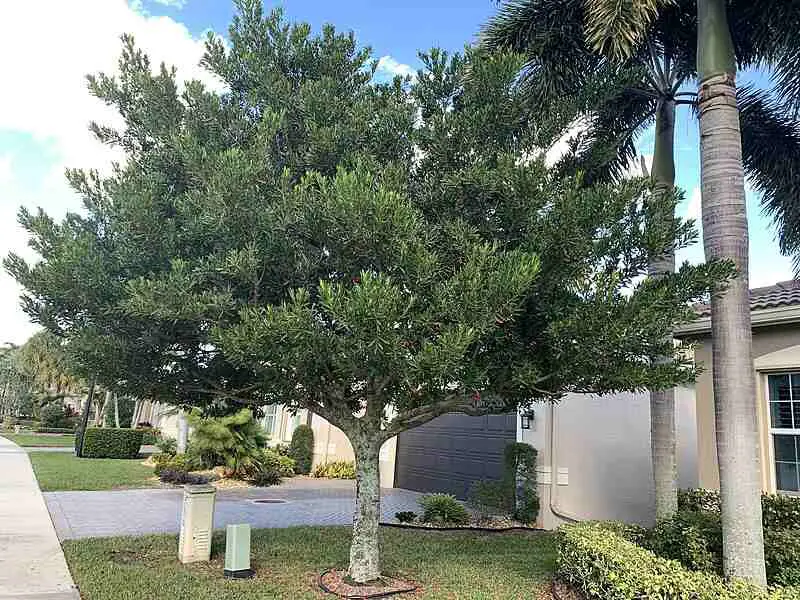

The Japanese blueberry tree is a broadleaf magnificence that’s extra bother than it’s price in Houston. It’s a fairly tree, producing decorative flowers every spring and darkish blue — although inedible — fruit in the winter months. However don’t let its seems to be idiot you. It’s best to keep away from planting Japanese blueberry trees in Houston.
As Joshua instructed us, “New-home builders often plant these as they are easy to take root and grow quickly. BUT, as the years go by, this species is a BUG magnet and is prone to soot, a black powdery airborne fungus that is pretty much INCURABLE!”
- Hardiness zones: 8-11
- Solar: Full solar to partial shade
- Soil: Tolerates impartial to barely alkaline soils
- Foliage: Broadleaf evergreen
- Moisture necessities: Average
- Mature measurement: 40-60 ft tall, 20-40 ft huge
2. Mimosa (Albizia julibrissin)

The mimosa (just like the one pictured above), with its delicate, nearly lacey foliage is an immediate eye-catcher. Simply don’t put it in your Houston yard. It’s an invasive unique tree introduced to the States in 1745 from China. It grows rapidly and provides shade and some weeks of gorgeous pink flowers.
However the remainder of the yr, mimosas are unattractive (until you want huge, brown seed pods hanging down), it sheds, and it might rapidly unfold, threatening different crops in your yard.
- Hardiness zones: 7-10
- Solar: Full solar
- Soil: Adapted to most soils, together with sand, loamy, clay, acidic, and barely alkaline
- Foliage: Darkish inexperienced foliage
- Moisture necessities: Average
- Mature measurement: 20-30 ft tall, 25-40 ft huge
3. Hackberry (Celtis occidentalis)
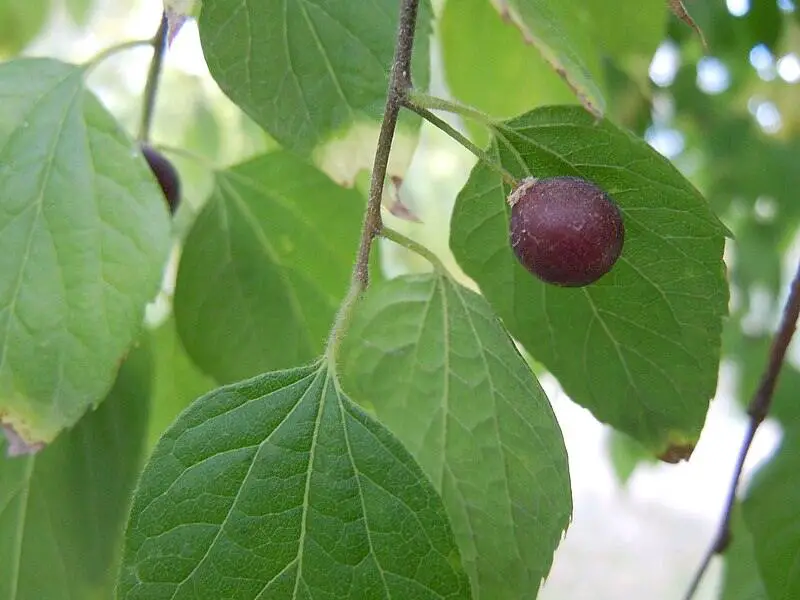

With small fruits that entice birds, who wouldn’t need a hackberry? Houston householders, that’s who. Truly, it’s not a good selection in any city or suburban space for 2 causes. First, it’s a weedy tree that bugs love to feed on — particularly woolly aphids. And second, the hackberry has invasive roots that may thwart the expansion of different crops in your yard.
- Hardiness zones: 3-9
- Solar: Full solar to partial solar
- Soil: Nicely tailored to most soils besides excessive alkaline soils (>8 on the pH scale), relying on the variability
- Foliage: Deciduous
- Moisture necessities: Low
- Mature measurement: 40-80 ft tall, 40-50 ft huge
4. Ash (Fraxinus texensis)
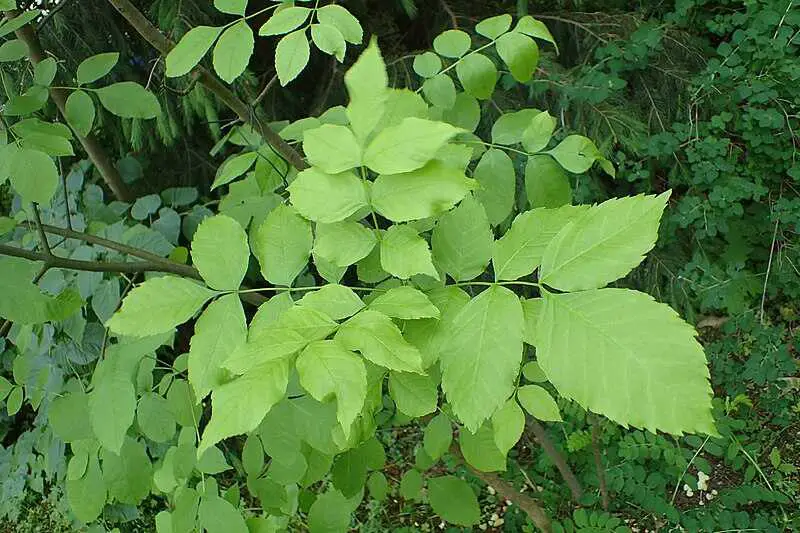

Ash is a well-liked tree all through the Houston space with many various varieties — so why did it make the listing? Ash timber are naturally brittle, which suggests they’re very inclined to injury in heavy winds. For those who plant considered one of these, count on hurricane season to be additional nerve-wracking as soon as it grows tall. You possibly can kiss your low-upkeep Houston panorama goodbye.
On prime of the danger of injury, there’s additionally the difficulty of the notorious emerald ash borer. It is a beetle, native to Asia, that’s wreaking havoc on ash timber in this nation. On the time of this text, it hasn’t been spotted in Houston but. Nonetheless, it has already moved into northeastern Texas, so it’s only a matter of time.
- Hardiness zones: 7-9
- Solar: Full solar to partial shade
- Soil: Prefers rocky, sandy, or clay soils
- Foliage: Deciduous
- Moisture necessities: Low
- Mature measurement: 35-45 ft tall, 30-40 ft huge
Observe: The above stats are for Texas Ash. These stats could change relying on the number of ash tree.
5. Bradford Pear (Pyrus calleryana)
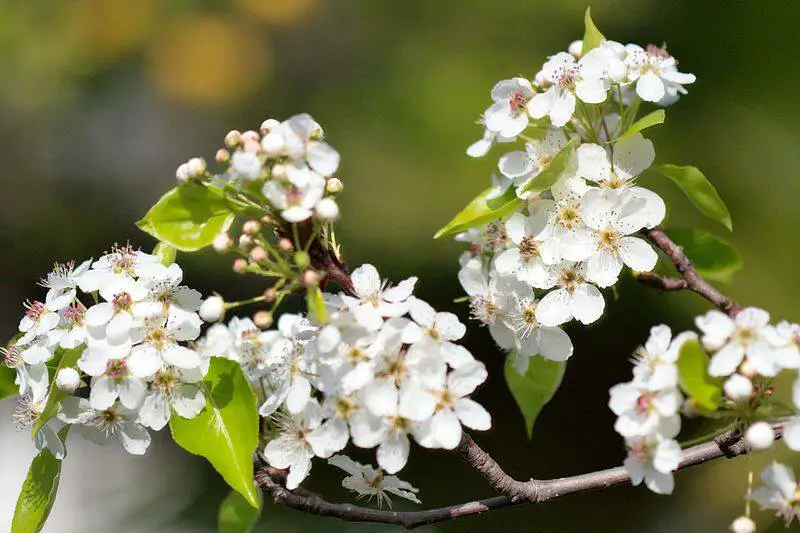

Granted, the Bradford pear is attractive to have a look at when it’s in full bloom in the spring, however this as soon as-in style Houston tree is now turning into an invasive menace. These beautiful flowers stink like rotting fish. If that’s not unhealthy sufficient, this tree’s department construction is weak.
The Bradford pear’s fundamental trunk tends to crack, and it leaves particles in all places anytime there’s a storm or hurricane. Plus, even one of the best grass sorts for Houston don’t develop very effectively below it, so count on an enormous pile of dust in your yard beneath this tree.
- Hardiness zones: 5-8
- Solar: Full solar
- Soil: Tailored to most soils besides moist soils
- Foliage: Deciduous, leathery leaves
- Moisture necessities: Low
- Mature measurement: Round 35 ft tall, round 25 ft huge
6. Mulberry (Morus alba)
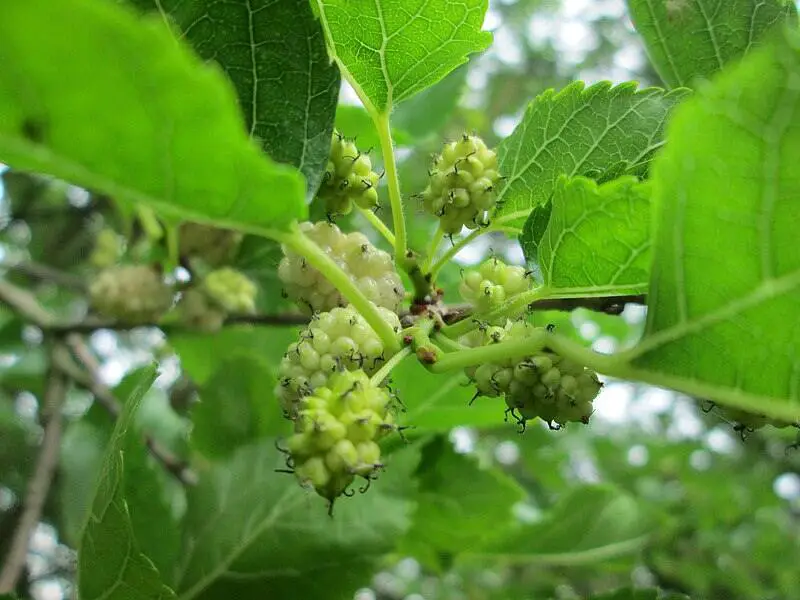

Houstonians have sufficient issues with allergic reactions lately. And planting a white mulberry could make issues worse. The male timber produce a lot pollen that you just and your loved ones will sneeze and wheeze for days or perhaps weeks come springtime.
Mulberry timber are additionally susceptible to bugs and have tree roots so aggressive that you will notice cracks ultimately if it’s wherever close to your sidewalk or driveway. The fruit from Mulberry timber additionally tends to stain patios, walkways, and driveways. Think about how a lot you want your sidewalk earlier than including this tree to your panorama.
- Hardiness zones: 4-8
- Solar: Full solar
- Soil: Prefers clay, loam, and sandy soils
- Foliage: Deciduous
- Moisture necessities: Low
- Mature measurement: 30-60 ft tall, 20-40 ft huge
Alternatives to the worst tree alternatives for planting in Houston
While it’s critical to understand which trees to avoid planting in Houston, it’s equally vital to discover alternatives that thrive in the neighborhood climate and conditions. Fortunately, there are several tree species that could offer splendor, coloration, and environmental benefits without the risks related to the worst choices.
1. Live Oak (Quercus virginiana): This local tree is a famous choice in Houston, recognized for its majestic splendor and capability to withstand the area’s climate and soil situations.
2. Bald Cypress (Taxodium distichum): Another local tree, the bald cypress is well-ideal to Houston’s wetter areas and affords lovely fall colour with its deciduous nature.
3. Southern Magnolia (Magnolia grandiflora): With its big, fragrant vegetation and glossy evergreen leaves, the Southern magnolia is a conventional preference for Houston landscapes.
Four. Mexican Sycamore (Platanus mexicana): This rapid-developing tree has attractive, peeling bark and huge leaves that create ample coloration, making it a wonderful opportunity to tricky species.
5. Chinese Pistache (Pistacia chinensis): Offering colourful fall foliage and outstanding drought tolerance, the Chinese pistache is a famous desire that flourishes in Houston’s climate.
6. Shoal Creek Vitex (Vitex agnus-castus ‘Shoal Creek’): This small tree or large shrub produces stunning red flower spikes at some stage in the summer months and is nicely-appropriate to Houston’s heat.
7. Lacey Oak (Quercus laceyi): A local okayspecies, the Lacey okayis a compact tree with specific, lace-like leaves that offer visual hobby at some stage in the 12 months.
Eight. Montezuma Cypress (Taxodium mucronatum): This tall, slim tree gives a graceful appearance and flourishes in Houston’s wetter areas, making it an incredible alternative to complex alternatives.
Tips for choosing the proper bushes for Houston’s climate and soil situations
When it involves choosing the proper timber for Houston’s weather and soil situations, there are some key recommendations to maintain in mind. The town’s warm and humid weather, blended with its specific soil characteristics, can pose challenges for sure tree species. To avoid tree failures and make certain healthful boom, right here are a few important issues:
1. Research native bushes: Native bushes are evidently adapted to the local climate and soil conditions. They are much more likely to thrive and require less upkeep in comparison to non-native species. Look for trees just like the Southern Magnolia, Live Oak, or Bald Cypress, which might be properly-desirable for Houston’s environment.
2. Consider drought tolerance: Houston stories durations of drought, so deciding on timber which can face up to dry situations is important. Look for tree species with a excessive tolerance for drought, together with the Mexican Plum or the Texas Redbud.
Three. Check for flood tolerance: Houston is at risk of heavy rain and flooding, so it is important to choose bushes that can manage extra moisture. Some flood-tolerant alternatives encompass the American Sycamore, River Birch, or the Green Ash.
4. Evaluate soil adaptability: Houston’s soil can vary greatly in the course of the metropolis, ranging from sandy to clayey compositions. Before planting a tree, verify the soil type for your specific area and pick a tree species that can adapt to those conditions. The Shumard Oak and the Eastern Red Cedar are recognized for their adaptability to distinctive soil sorts.
Five. Consider length and spacing: Be conscious of the mature size of the tree and its proximity to homes, energy traces, and other systems. Ensure there is sufficient space for the tree to grow with out inflicting any future issues.
6. Seek expert advice: If you are uncertain about which trees to pick out or want steering on specific planting techniques, consulting with a nearby arborist or tree expert can offer treasured insights. They can verify your web site conditions and propose appropriate tree options on your unique desires.
Maintenance and care tips
Maintaining and being concerned for trees in Houston is crucial for his or her fitness and sturdiness. The warm and humid weather, combined with occasional extreme climate situations, can pose demanding situations for tree growth. However, with right preservation and care, you could make sure that your trees thrive and keep away from any capability disasters.
First and major, ordinary watering is crucial, mainly during dry spells or drought intervals. Deep watering is suggested to inspire the roots to grow deeper and end up greater resilient to warmth pressure. It is vital to water the timber at the bottom, directly onto the soil, as opposed to at the leaves, to prevent fungal sicknesses.
Mulching is another critical element of tree care in Houston. Applying a layer of natural mulch across the base of the tree can assist retain moisture, modify soil temperature, and suppress weed growth. However, it is essential to maintain the mulch far from the trunk to prevent moisture buildup and capability rot.
Pruning is an fundamental part of tree maintenance. Regular pruning enables do away with useless, diseased, or damaged branches, enhancing the general health and appearance of the tree. It is recommended to consult with a expert arborist to make sure right pruning strategies and timing, as incorrect pruning can damage the tree.
Fertilizing is also beneficial for tree health, presenting vital vitamins that can be lacking in the soil. However, it is crucial to apply the right kind and quantity of fertilizer, as excessive fertilization can cause nutrient imbalances or even tree decline. Consulting with an arborist or horticulturist can help decide the specific fertilizer wishes of your timber.
Regular inspections for pests and illnesses are important to catch any troubles early on. Houston is domestic to numerous tree pests and sicknesses, which includes very wellwilt and pine bark beetles, that could cause good sized harm if left untreated. Identifying and addressing those troubles promptly can shop a tree from capacity disaster.
Lastly, right tree care entails thinking about the unique wishes of every tree species. Some bushes may also require specific soil situations, solar exposure, or pruning techniques. Researching and expertise the necessities of your tree species can substantially contribute to its standard fitness and thriving inside the Houston climate.
FAQ About Houston Trees
What Makes a Tree Unhealthy for Houston?
The worst timber to plant in Houston are those which can be both invasive or unfit for Texas’s local weather. The following timber are unhealthy for Houston lawns in just a few alternative ways:
● The root techniques of some timber, just like the hackberry and mulberry, develop so aggressively that they will halt the expansion of different crops in your yard.
● Keep away from weak timber like ash. Regardless of being a preferred selection, these timber don’t maintain up in opposition to the tough climate usually discovered in Houston throughout hurricane season.
● Invasive species outcompete native species for sources. Don’t be fooled by flowering timber just like the Bradford pear, which could look fairly, however are literally invasive to the world.
Householders ought to know what sort of situations a tree wants earlier than planting a species that might not be fitted to their garden or space.
What are the Finest Trees to Plant in Houston?
The finest timber for Houston are largely the native species (with some exceptions) that thrive in that Texas warmth:
● A Nuttall oak is a sort of pink oak tree that arborists take into account among the finest massive timber for the world. It’s additionally one of the vital in style native shade timber.
● The Southern magnolia is a standard tree discovered in Houston lawns. Its aromatic white flowers are an immediate eye-catcher for any entrance yard.
● Drake elms are recognized finest for his or her quick-rising nature and skill to present shade. In addition they rise up effectively in opposition to unhealthy climate.
Observe: Whereas reside oaks are plentiful in Houston, they aren’t advisable as among the finest timber. They provide an excessive amount of shade for grass to develop beneath.
What’s the Finest Time to Plant Trees in Houston?
The finest time to plant trees in Houston is from mid-November to late February. This time-frame permits new timber time to develop root techniques and grow to be established earlier than the excessive moisture necessities of summer season arrive.
For those who plan on planting above floor in containers, you are able to do this any time of the yr. The identical is true for balled and burlap timber.
